Navigating the Aftermath: Assessing and Addressing Water Damage Impact
When water invades your space, be it from a flood, a leak, or even a spill, it brings with it more than just a mess—it brings a threat to the very integrity of your structure. Water damage can be a silent enemy, creeping into the crevices of your property, weakening foundations, encouraging mold growth, and posing serious health risks. It’s a problem that demands not just immediate attention but also expert care. This is where 1st Choice Structural Drying comes into the picture, bringing a blend of science, technology, and expertise to the forefront of water damage restoration.
At 1st Choice Structural Drying, we understand the complexities and the urgency of dealing with water damage. Our team of experts is not just skilled in handling the immediate aftermath of water intrusion; we are also adept at foreseeing and mitigating the long-term effects that water can have on a structure. With a deep understanding of the science behind structural drying and a commitment to the latest technologies and methods, we are equipped to revive your space, restoring it to its pre-damage condition or even better.
In this blog, we’ll dive into the nuances of structural drying, discussing everything from the immediate effects of water damage to the sophisticated processes involved in drying out a structure effectively. Whether you’re a homeowner, a property manager, or just someone interested in the science of restoration, this guide will provide you with a comprehensive look at how experts like 1st Choice Structural Drying turn a water-logged situation into a success story of restoration and resilience.
Understanding Water Damage: The Immediate and Long-Term Effects
Water damage can be deceptively destructive. It’s not just about the water you see; it’s about the water you don’t. When water infiltrates a structure, it doesn’t merely pool on the surface. It seeps into the fabric of the building – the walls, floors, and even the foundation. This can lead to a range of immediate and long-term problems that are often unseen until they become serious.
Immediate Effects: The most apparent consequence of water damage is the visible destruction it causes – soaked carpets, stained walls, and ruined furniture. But beyond these, water begins to weaken structural elements like drywall and wood. It can also short-circuit electrical systems and corrode metal components, posing immediate safety hazards.
Long-Term Effects: If not addressed promptly and effectively, the lingering moisture can create an ideal environment for mold and mildew to thrive. This not only damages the structure further but also presents significant health risks, especially in the form of respiratory issues. Moreover, prolonged exposure to moisture can lead to the deterioration of structural integrity, risking the collapse of parts of the building.
Understanding the extent of water damage is crucial in determining the right course of action. It’s not merely about removing standing water; it’s about assessing and addressing the damage in its entirety. This is where the expertise of 1st Choice Structural Drying becomes invaluable. Our team doesn’t just see the water; we see the potential risks and damages it brings and tailor our approach to ensure comprehensive restoration and safety.
The Science Behind Structural Drying
Structural drying is not just about removing water; it’s a complex science that involves understanding the behavior of water in various materials and environments. At 1st Choice Structural Drying, we base our approach on a solid foundation of scientific principles to ensure effective and efficient drying.
Principles of Moisture Behavior: Understanding how moisture interacts with different materials is key. Water can be absorbed into porous materials like wood, drywall, and insulation, which requires different drying techniques compared to non-porous surfaces. We use specialized equipment to measure moisture levels and determine the best course of action.
Evaporation and Dehumidification: Removing moisture from the air is as crucial as removing it from surfaces. Our process involves accelerating the evaporation of moisture using air movers and then capturing the evaporated water from the air using dehumidifiers. This balanced approach ensures that we are not just moving moisture around but effectively removing it from the environment.
Temperature Control: Temperature plays a significant role in the drying process. Warmer air holds more moisture, which can speed up evaporation. We use this principle to our advantage by carefully controlling the temperature in the affected area to optimize the drying process.
Monitoring Progress: Structural drying is not a set-and-forget process. We continuously monitor the progress, adjusting our approach as needed to ensure the most effective drying in the shortest possible time. This involves regular checks of moisture levels and environmental conditions to ensure that we are on track to restoring your space fully and efficiently.
By applying these scientific principles, 1st Choice Structural Drying ensures that every water-damaged environment we tackle is returned to a safe, dry, and stable state. This scientific approach underpins our commitment to quality and reliability in all our restoration projects.

